Skin Cancer — Cryosurgery: treatment in the Best Hospitals of Germany
Treatment prices are regulated by national law of the corresponding countries, but can also include additional hospital coefficients. In order to receive the individual cost calculation, please send us the request and medical records.
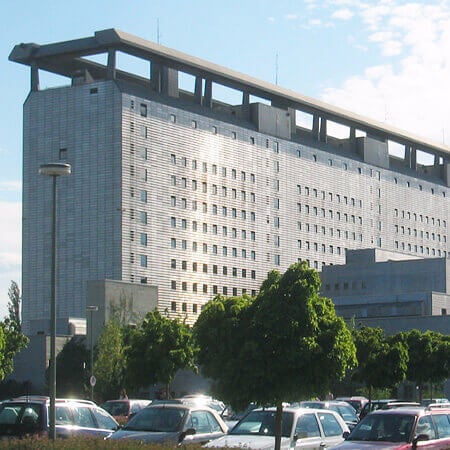
Department of Adult and Pediatric Dermatology, Allergology and Phlebology
The Department of Adult and Pediatric Dermatology, Allergology and Phlebology offers all the options of modern medicine for diagnosing and treating skin diseases, allergies, and venereal pathologies. The focus of the department's dermatologists is on patients with various types of skin cancer, psoriasis, eczema, neurodermatitis, acne, venous diseases, and chronic non-healing leg ulcers. The medical facility also admits young patients, including those with rare and genetic skin diseases. The department has an excellent technical base, thanks to which modern laser treatment, light therapy, phototherapy, and advanced sparing surgical interventions are successfully performed here. Top-class medical care is provided by a highly professional team of 60 specialized doctors and 130 nurses, as well as medical and technical workers. About 90,000 patients undergo outpatient treatment, and more than 5,800 patients receive medical care on an inpatient basis annually. The hospital has 160 beds to accommodate patients. The department is thus one of the largest medical facilities of this kind in Germany.
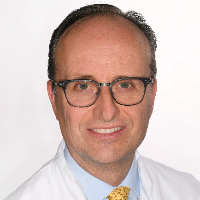




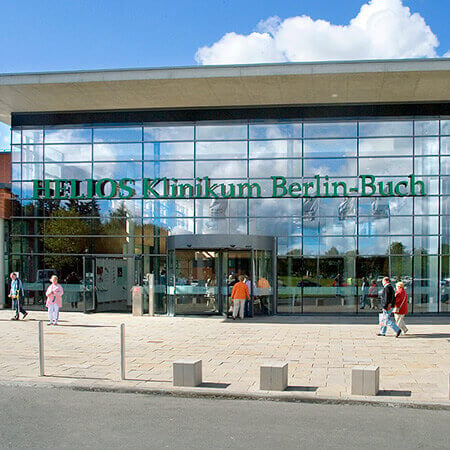
Department of Dermatology and Allergology
The Department of Dermatology and Allergology provides all diagnostic tests and therapeutic measures for the treatment of skin diseases and allergic reactions. The priority area of the department's work is the treatment of malignant skin neoplasms (certification as a Skin Cancer Center of the German Cancer Society). Each patient receives an individual treatment regimen for skin pathology or allergies, which includes the most effective and sparing therapeutic methods.
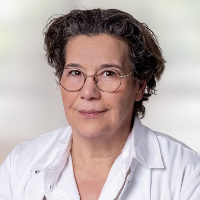

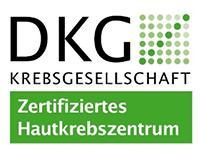

Department of Dermatology, Venereology and Allergology
The Department of Dermatology, Venereology and Allergology offers the diagnostics and treatment of all dermatological diseases. The department specializes in the very latest methods of surgical dermatology, diagnostics and treatment of skin cancer, venous diseases, as well as all diagnostic and therapeutic methods of modern dermatology, including laser dermatological therapy, phototherapy, photodynamic therapy, etc. The treatment of patients with skin cancer is carried out in close cooperation with colleagues from the University Cancer Center Frankfurt.
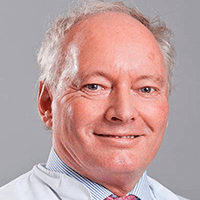
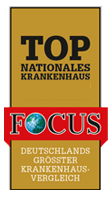




More than 1 million new cases of skin cancer are reported annually in the world. According to the WHO, this malignant tumor is located at 5th place in terms of detection frequency. However, it does not occupy a leading position among the causes of death. In most cases, non-melanoma skin cancer can be successfully treated, as it can be detected at an early stage. One method of treatment for small tumors is cryodestruction.
Principle of cryotherapy action
When carrying out therapy, tissue is frozen with a very low temperature. To do this, the doctors use liquid nitrogen. The freezing results in ice crystals that damage the cell membranes. The outcome of a quality procedure is irreversible necrosis – tissue viability cannot be restored after thawing.
Typically, cryotherapy involves tumor freezing 2-3 times in a row. The application time is from 30 to 180 seconds. It depends on the depth of tissue damage by the tumor process, hydration and microcirculation of the skin. The tissues thaw for 3 minutes and freeze again. This approach reduces the risk of relapse.
How is cryotherapy performed?
The classical version of cryotherapy involves:
- Irrigation of the tumor area with liquid nitrogen without direct contact with the skin. It can be used only for superficial neoplasms with a shallow depth of invasion.
- Liquid nitrogen application. It is in direct contact with the skin. The most common option is cryotherapy. It causes the death of cancer cells at a distance of 1 cm from the surface of the skin. It is usually used to treat neoplasms not more than 2 cm in diameter, including multiple ones.
The applique technique is the most common. The doctor begins to destroy the formation from the center to the periphery. He continues exposure until the tissue necrosis zone spreads 0.5 cm or more from the edge of the tumor towards the visually unchanged skin.
In case of invasive skin cancer, modern German clinics use puncture cryotherapy. It involves a thorough diagnostics using ultrasound, dopplerography, or MRI. The next steps include tumor mapping, surgery planning. Skin cancer often spreads along the blood vessels and between the muscles. The planning is followed by a surgical procedure itself. It is performed under general anesthesia. The probes with a diameter of 1.5 to 5 mm are introduced into the areas of tumor spread. They pump liquid nitrogen. The objective of the intervention is to provide necrosis of the tumor zone, which extends to healthy tissue by 0.5 cm or more.
Following measures after the procedure
The destruction of the neoplasm results in a skin defect. It will be immediately treated with an antiseptic. In the future, inflammatory reactions in this zone are possible. A posttraumatic edema lasts 2-3 days. To prevent wound infection, local antiseptics and dressings will be used within 1 week. The doctor may prescribe antibacterial drugs inside.
As a rule, the wound becomes dry after 1 week. A dry necrotic scab forms on its surface. There is no more swelling and redness, as well as there is no threat of infectious complications. Therefore, further medical supervision is not required. The scab will disappear after about 1 month.
Advantages and disadvantages of cryosurgery
Skin cancer removal with liquid nitrogen has the following benefits:
- Minimal pain – small tumors can be removed without anesthesia
- Simplicity and cheapness
- No need for patient hospitalization
- Good tolerance of the procedure, even for elderly and debilitated patients
- Bloodless intervention
At the same time, cryosurgery has many serious drawbacks that limit its widespread use. The strongest one of them is a high risk of relapse. Within 5 years after treatment, the tumor recurs in 4-9% of patients if it was removed for the first time. Recurrent skin cancer appears again within 5 years after cryosurgery in 13-22% of patients.
In the classic version, cryodestruction helps to remove tumors with an invasion of not more than 1 cm. With a deeper spread, puncture cryodestruction is used.
Treatment in Germany with the Booking Health company
To cure skin cancer or melanoma, you can go to Germany. We will arrange this trip for you. Booking Health can offer you many benefits:
- Selection of the best clinic that specializes in cryotherapy for skin malignancies.
- Reduced cost of cryosurgery and other medical services due to the absence of overpricing and additional coefficients for foreign patients.
- Booking an appointment on the most suitable dates for you.
- Preparation of the program taking into account the studies performed.
- Establishment of communication directly with the attending physician.
- Monitoring all stages of a skin cancer therapy program.
- Control of invoices, return of unspent funds.
- Buying and forwarding medicines.
- Organization of additional diagnostics or therapy.
- Communication with the clinic upon treatment completion.
The Booking Health company will provide you with top-class services. We will book a hotel and airline tickets for you, meet you at the German airport and take you to the hospital by car.

